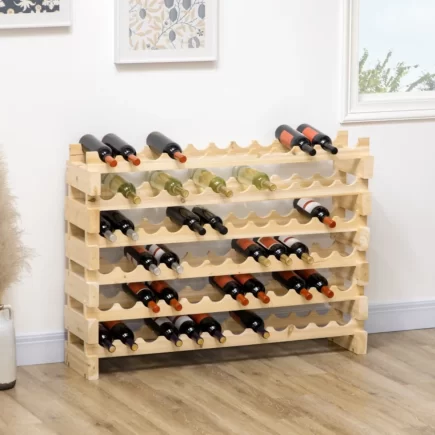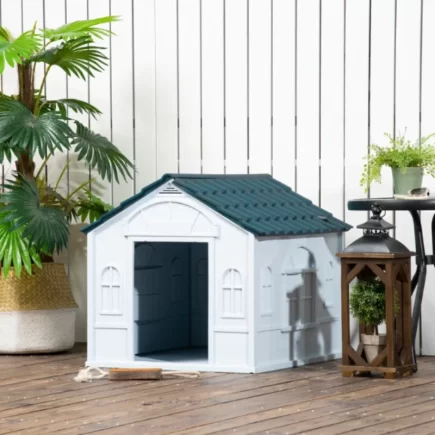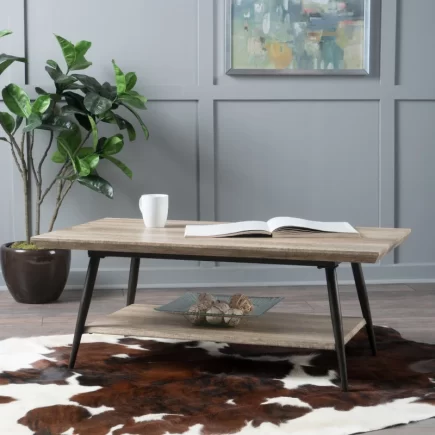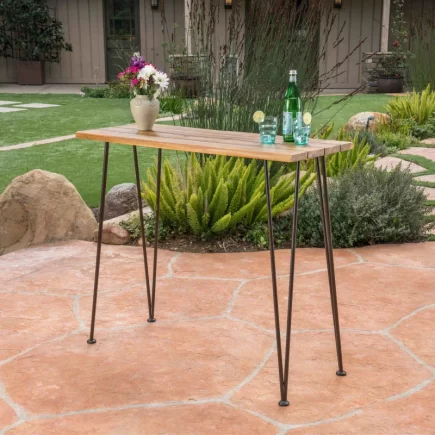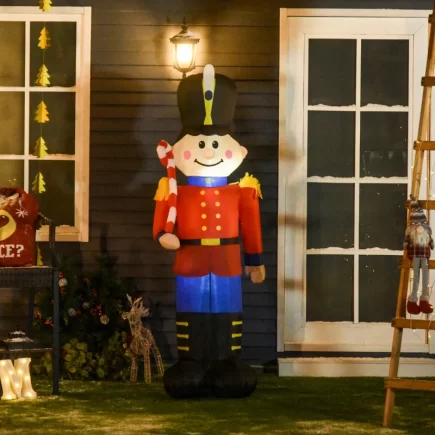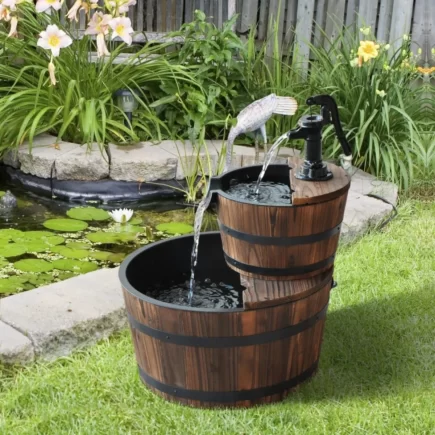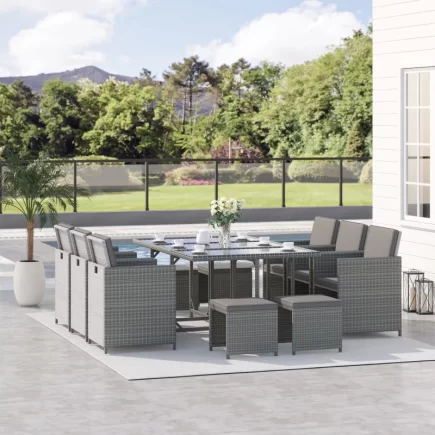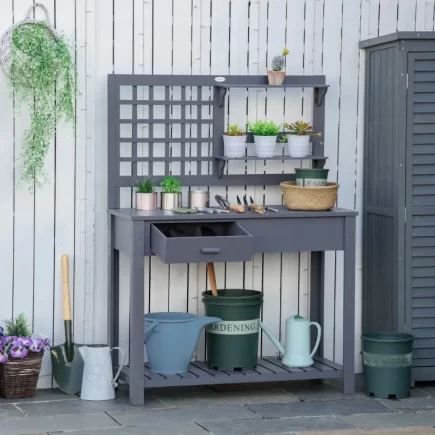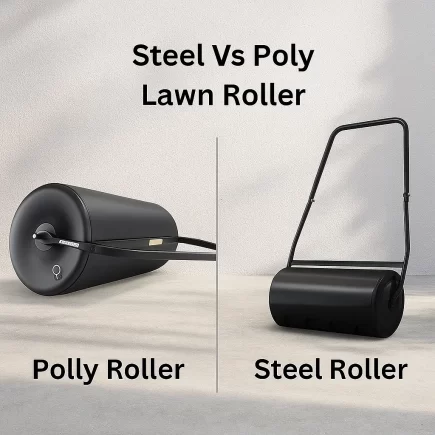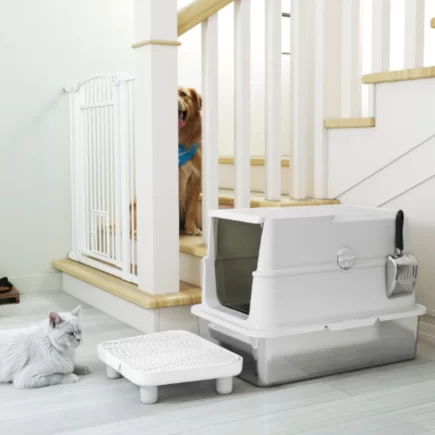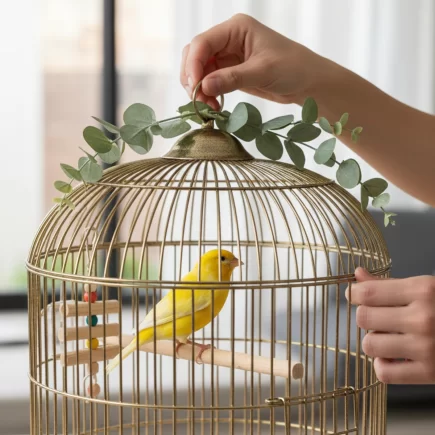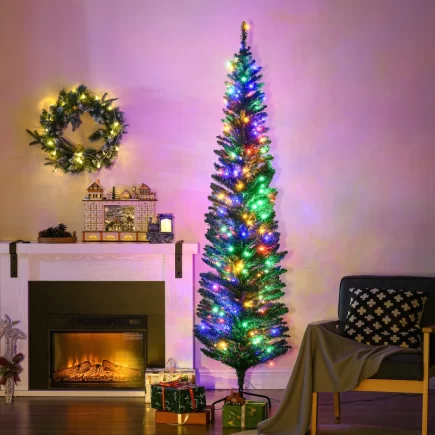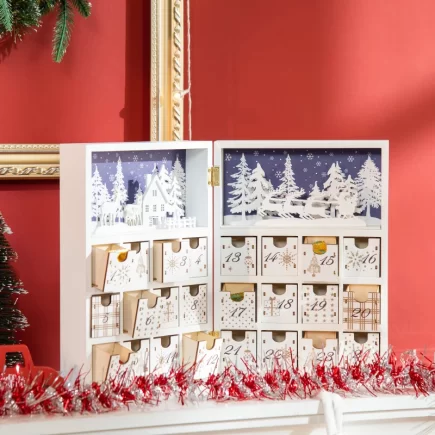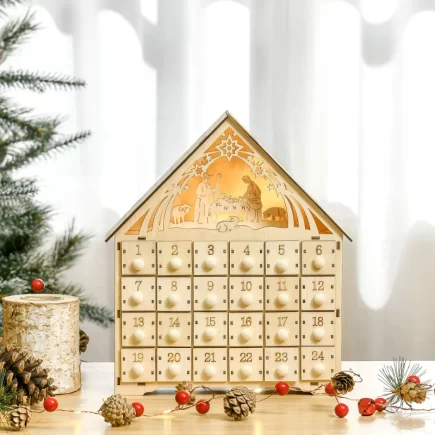If you’re dreaming about backyard fun, family time, or simply relaxing in your own personal oasis, building an above ground pool is one of the smartest and most affordable upgrades you can make. Compared to in-ground pools, above ground pools offer a range of benefits: lower installation costs, faster setup, less permanent commitment, and flexible placement. With modern designs and high-quality materials, they also look better than ever.

Ready to dive in? Let’s start with the planning.
Planning Your Pool Project
Every great backyard pool begins with a plan. Your first step is figuring out how you want to use the pool. Will it be for kids to splash around, for you to swim laps, or for outdoor parties? Knowing your purpose helps determine the right size, shape, and features.
Pool Goals to Consider:
- Family Fun: Look for pools with added safety features, shallow depths, and strong walls.
- Fitness and Exercise: Choose longer, rectangular pools ideal for swimming or water aerobics.
- Aesthetic Appeal: Consider pools that pair well with landscaping, decking, and lighting.
Materials & Tools Checklist
Having the right materials and tools is key for a smooth installation. Let’s look at the common pool materials and the pros and cons of each type.
Types of Above Ground Pools
| Material | Pros | Cons |
|---|---|---|
| Resin | Rust-resistant, stays cool in sun, low maintenance | Higher upfront cost |
| Steel | Strong, durable, affordable | Can rust over time |
| Hybrid | Combines resin and steel for balance | Mid-to-high cost |
| Soft-sided (PVC or Vinyl) | Lightweight, portable, budget-friendly | Lower lifespan, not for heavy use |
Aosom’s pools, like the Outsunny 14-ft Round Steel Frame Pool, are made with durable 1000D PVC and steel, combining strength and comfort.

Tools You’ll Need:
- Shovel or sod cutter (for leveling)
- Rake and tamper (for base smoothing)
- Wheelbarrow (for moving sand or soil)
- Level or string level
- Utility knife (liner trimming)
- Socket wrench or drill
- Sand or foam (base layer)
- Water hose
Pro Tip: If your pool kit comes with included accessories, you can skip shopping around for extras.
Site Selection & Preparation
Picking the right spot in your yard is more important than you might think. The wrong location can lead to flooding, uneven walls, or even structural failure over time.
What to Look For in a Pool Location:
- Flat and Level Ground: Avoid slopes, dips, or bumpy patches.
- Sun Exposure: The pool should get 6-8 hours of sunlight a day.
- Drainage: Water should flow away from the pool, not toward it.
- Distance from Trees: Prevent leaves and roots from interfering.
How to Level the Ground:
- Mark your pool shape using stakes and string.
- Remove any sod and topsoil.
- Use a level to measure the ground from multiple angles.
- Add or remove soil until the surface is even.
- Lay your base layer (sand, foam, or concrete pad).
Base Layer Options:
| Base Material | Benefits |
| Sand | Affordable, soft on feet |
| Foam Padding | Comfortable, insulating, protects liner |
| Concrete Pad | Long-lasting, perfect for permanent setup |
Foam padding is highly recommended with vinyl-lined pools, like Aosom’s soft-sided models, for comfort and to prevent punctures.
Step-by-Step Pool Construction Guide
Now the fun part: building your pool! Follow these steps for a successful DIY build.
1. Lay the Foundation

- Clear and level the site: Remove grass, rocks, and debris. Use a shovel, rake, and level to ensure the ground is completely flat and even. Uneven ground can cause structural issues.
- Add your base material and tamp it down evenly: Spread a layer of sand or crushed stone over the cleared area. Use a tamper or plate compactor to press it down firmly, creating a solid, level surface.
- Place a ground cloth if included: Lay the ground cloth over the compacted base. This protects the liner from punctures and adds a layer of insulation.
2. Build the Frame

- Lay out the steel supports or frame pieces: Arrange all frame components around the perimeter where the pool will sit, following the shape of your pool.
- Follow manufacturer instructions for snapping or bolting them together: Assemble the base rail and wall panels (if included), connecting the pieces per the instructions using bolts or locking tabs.
- Install vertical posts and secure them: Attach the vertical support posts to the base rail. Ensure they are upright and secure them with any included hardware.
3. Add the Pool Liner

- Spread the liner in the sun for 30 minutes to soften: Lay the liner out flat in direct sunlight. This makes it more flexible and easier to install.
- Lay it inside the frame evenly: Carefully place the liner inside the pool frame, making sure it’s centered and aligned with the base.
- Smooth wrinkles outward with your feet or a soft broom: Start from the center and gently push wrinkles toward the walls. Avoid sharp tools that can puncture the liner.
- Attach liner to top rails: Secure the top of the liner to the pool’s top rail or coping as directed by the manufacturer, ensuring it stays in place as the pool fills.
4. Fill with Water

- Start filling slowly with a hose: Begin adding water with a garden hose, monitoring the liner to make sure it stays in place.
- As water fills, keep smoothing wrinkles: Periodically stop the fill to smooth out any forming wrinkles, especially on the floor.
- Fill to just below the skimmer opening: Continue filling until the water level reaches just under the skimmer or designated fill line.
Installing the Water System
Water circulation is what keeps your pool clean, clear, and safe.
Pump and Filter Setup
Most Aosom pool kits include a filter pump with built-in skimmer. Simply:
- Connect the intake hose from the pool wall to the filter.
- Attach the return hose from the filter back to the pool.
- Plug in the pump and check for leaks.
Plumbing & Drainage
- Position drainage outlet away from foundations.
- Use adapters for hose compatibility.
- Teflon tape on threads helps seal leaks.
A cartridge filter system, like the one included with the Outsunny 14’ Brick Print Pool, is perfect for low-maintenance cleaning.

Ensuring Structural Safety
Safety and strength go hand in hand. A well-built pool isn’t just fun—it’s secure.
Wall Supports & Reinforcement
- Tighten all bolts and fasteners.
- Double-check frame alignment before filling.
- Consider adding exterior supports if using soft-sided models on soft soil.
Weight & Load Considerations
- Water weighs over 8 lbs per gallon. Even a medium-sized pool holds 5,000+ gallons!
- Ensure soil underneath can support the weight.
Fencing & Barriers
Most municipalities require pools over 24 inches deep to have a safety barrier. You may also need:
- A locking ladder
- Pool cover
- Fence or gate
Check local codes to stay compliant.
Legal Considerations & Permits

Don’t skip this step, you could face fines or forced removal of your pool.
Key Areas to Check:
- Local building permits
- Zoning rules (setbacks, placement)
- HOA policies
- Pool safety codes
In most areas, pools over 2 feet deep require a permit. Be ready to submit a site plan and product specs.
Budget & Cost-Saving Tips
Cost Breakdown for DIY Above Ground Pool:
| Item | Estimated Cost |
| Pool Kit | $400 – $1,800 |
| Tools & Accessories | $100 – $300 |
| Ground Prep | $100 – $400 |
| Safety Equipment | $100 – $300 |
| Total DIY Budget | $700 – $2,800 |
Where to Save:
- Buy kits off-season (late fall or early spring)
- Reuse tools from other projects
- Use bundled kits from Aosom for all-in-one savings
Where to Spend:
- High-quality liner and frame
- Reliable pump and filter
- Safety gear (fencing, ladders)
Maintenance Essentials
To keep your pool sparkling clean and ready for swimming, regular maintenance is a must. While it may sound daunting, maintaining an above ground pool is straightforward with the right system in place—and many kits from Aosom make this even easier by including built-in filtration and user-friendly components.
Weekly Maintenance Checklist:
| Task | Description |
| Skim & Clean | Remove debris from the water surface using a skimmer net. |
| Vacuum Floor | Use a manual or automatic pool vacuum to clean the bottom. |
| Check Filter | Rinse or replace the cartridge filter as needed. |
| Test Water | Use test strips to monitor chlorine, pH, and alkalinity levels. |
| Shock the Pool | Add a chlorine shock treatment weekly or after heavy use. |
Aosom’s Outsunny pools come with cartridge filters that are easy to remove and rinse, making weekly upkeep more convenient.
Monthly Maintenance Tips:
- Deep Clean the Liner: Use a soft brush to gently scrub the walls and floor to prevent algae buildup.
- Backwash Filter (if applicable): For sand filters, perform a backwash to flush out trapped debris.
- Inspect Fittings & Hoses: Look for leaks, cracks, or signs of wear in hoses and clamps.
Seasonal Pool Care:
- Opening for Summer: Clean out any winter debris, reassemble the filter, and rebalance the water chemistry.
- Closing for Winter: Drain below the skimmer, disconnect hoses, dry the liner, and use a winter cover.
An above ground pool is more than just a summer upgrade—it’s an investment in relaxation, family bonding, and outdoor enjoyment. By taking the time to plan your build carefully, choosing a reliable product, and following each step with care, you can have a stunning, safe, and durable backyard pool that lasts for years.

At Aosom, we’re here to make your project easier with high-quality, all-in-one pool kits that are built for quick assembly, strong performance, and long-term value. Whether you prefer a circular splash zone or a roomy rectangular swim area, the Outsunny Hot Tubs & Pools collection has a model that suits your space, style, and budget.
Start your pool project today—and make this summer your most refreshing yet.
FAQS
1.My yard isn’t level, can I still install an above ground pool?
Installing a pool on uneven ground can cause water imbalance, wall strain, and even collapse. Always level the ground first by digging down the high spots—don’t build up low ones. Use a shovel and a level, then compact the area with a tamper or compactor.
2.Do I need a fence around my above ground pool?
In many U.S. states and municipalities, the answer is yes, especially for pools deeper than 24 inches.
3.Can I leave my above ground pool up year-round?
That depends on your local climate and pool type.In warm climates, many owners keep pools up year-round. In cold climates, drain below the skimmer, remove hoses, and cover with a heavy-duty winter cover.


